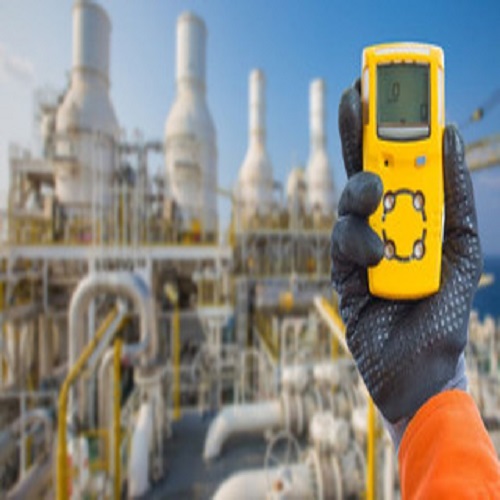
Portable Gas
Detector Service:
Bump Test: This
is the most frequent and important check. A bump test involves briefly exposing
the detector's sensors to a known concentration of test gas to verify that the
sensors respond and the alarms (audible, visual, and vibratory) are triggered.
A bump test confirms that the detector is working but does not guarantee its
accuracy. It should be performed daily or before each use.
Calibration: Calibration
is the process of adjusting the detector's sensors to a known gas concentration
to ensure accurate readings. It corrects for "sensor drift," a
natural phenomenon where a sensor's sensitivity degrades over time.
Zero
Calibration: Sets the baseline reading to zero in a clean air
environment (or with a zero gas like nitrogen for oxygen sensors).
Span
Calibration: Exposes the sensor to a certified calibration gas with a
known concentration and adjusts the sensor's output to match.
Frequency: Calibration
should be performed every 3 to 6 months, or more frequently depending on the
operating environment (e.g., in dusty, wet, or chemically harsh conditions) and
the manufacturer's recommendations.
Physical
Inspection and Cleaning: Technicians will inspect the detector for
physical damage, such as cracks or worn parts, and clean the sensor ports to
prevent debris from blocking gas entry.
Battery and
Power Check: For rechargeable detectors, the battery life and charging
cycle are checked. For single-gas detectors with a fixed lifespan, the
expiration date is monitored.
Documentation: A
calibration certificate is issued after a successful service, detailing the
"as-found" and "as-left" readings and the date of the next
recommended service. This is critical for compliance and record-keeping.
Fixed Gas
Detection Systems
Fixed gas
detection systems are permanently installed in specific areas to provide
continuous, 24/7 monitoring. They are often integrated with other safety
systems like alarms, ventilation, and emergency shutdown systems.
Service
Details for Fixed Gas Detection Systems:
Visual
Inspection: Technicians will check the physical condition of the
detectors, wiring, and conduit for signs of damage, corrosion, or tampering.
Bump Testing
and Calibration: Similar to portable detectors, fixed systems require
periodic bump testing and calibration.
Frequency: Most
regulations and manufacturers recommend calibration at least every 6
months, and in some cases annually, to ensure the system's accuracy.
Procedure: Calibration
is performed by applying a certified calibration gas to each sensor and
adjusting the system's output to the correct concentration.
System and
Control Panel Checks: The service extends beyond the individual
detectors to the entire system:
Alarm
Verification: Testing that the system's audible and visual alarms
(beacons, horns) activate at the correct set points.
Relay and
Output Checks: Verifying that the system correctly sends signals to
other connected systems, such as activating a ventilation fan, closing a valve,
or sending a signal to a central control room.
Power
Supply: Checking the main and backup power supplies to ensure the
system remains operational during a power outage.
·Documentation: A detailed service report and calibration certificate are provided, which are essential for regulatory compliance and safety audits. These logs track the performance of each sensor and identify any trends in sensor drift or failure.